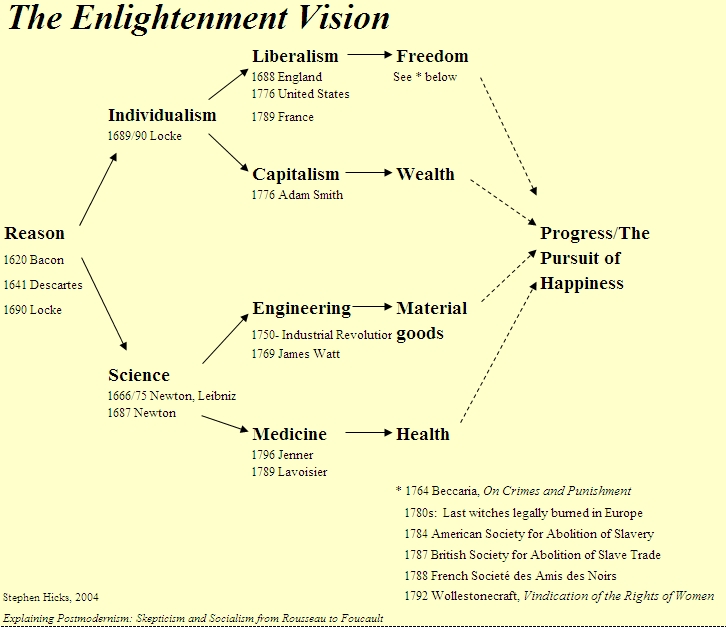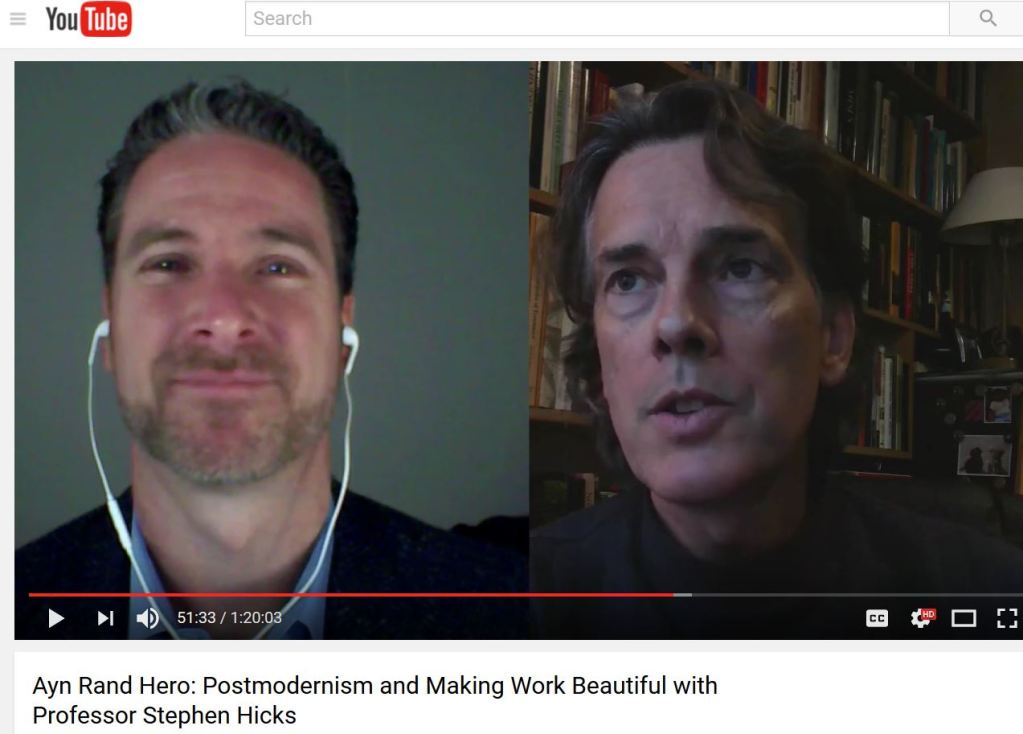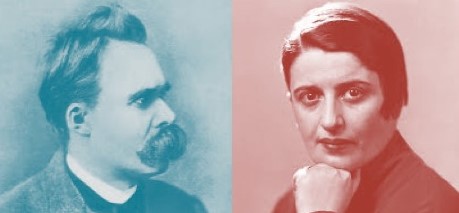Stephen Hicks interview on Kant and Modern Art — transcript of the Norway interview
Immanuel Kant is arguably the most influential philosopher in the last two centuries. But how could the strict Kant have anything to do with the often-nihilistic modernist and postmodernist art worlds? In this interview conducted by artist and art critic Jan-Ove Tuv, philosopher Stephen Hicks discuss Kant’s general philosophy and his philosophy of art. Transcription […]
Stephen Hicks interview on Kant and Modern Art — transcript of the Norway interview Read More »




